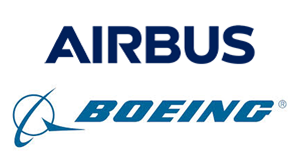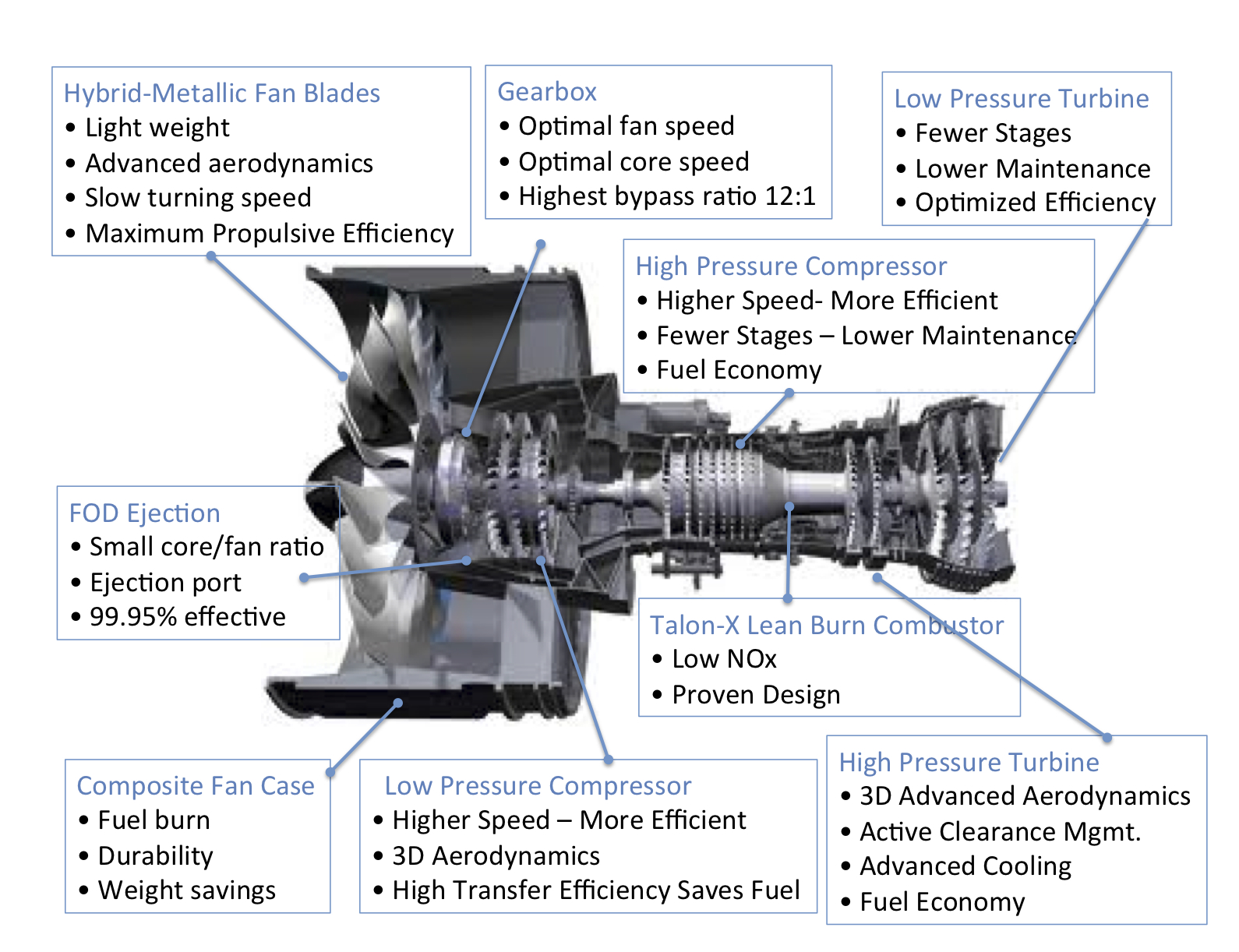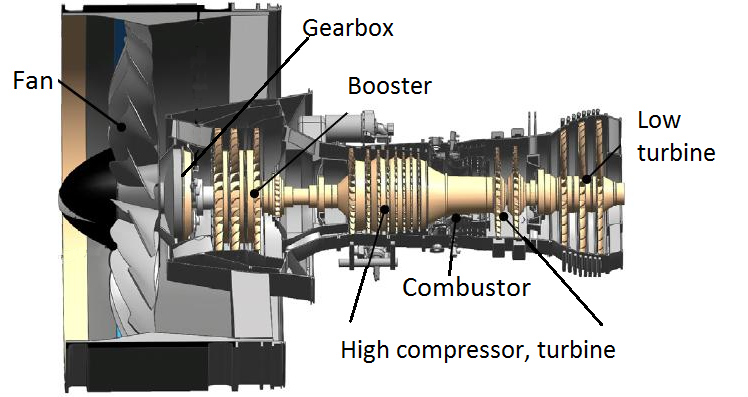Leeham News and Analysis
There's more to real news than a news release.
Exclusive: Boeing, GE to send 777-9 to Emirates next year for route proving runs
By Scott Hamilton
June 18, 2023, © Leeham News: Boeing and GE Aerospace agreed to send a 777-9 to Dubai next year for about two months of route proving for its largest 777X customer, Emirates Airline.
LNA confirmed the plan on the sidelines of a Boeing event today in conjunction with the Paris Air Show that officially begins tomorrow.
The airline’s president, Tim Clark, has developed a deep skepticism over the pace of the program, which has been hit by repeated delays for a variety of technical and regulatory reasons. The program was launched in 2013, with Lufthansa Airlines, Emirates, Etihad Airways and Qatar Airways as launch customers. Emirates was supposed to receive the first airplane as early as December 2019. Now, Boeing forecasts the first delivery in 2025. Clark is said to be concerned that the delivery will slip to 2026.
Emirates has 115 777Xs on order.
Technical issues with the giant GE9X engine early in the flight testing forced a delay while engines were returned to GE for analysis, fixes and repairs. Then certification work on the program got caught up in the certification crisis of the 737 MAX program following two crashes in October 2018 and March 2019. Global regulators grounded the entire MAX fleet for what became 21 months.
Pontifications: “The need for radical fuel improvements will only increase over time.”
May 30, 2023, © Leeham News: “The need for radical fuel improvements will only increase over time.”
That’s the definitive conclusion of Arjan Hegeman, GE Aerospace’s general manager of advanced technology.
GE is working on Performance Improvement Packages (PIPs) of its current engine lineup used on Airbus and Boeing airliners. It’s also developing the GE9X, now in testing on the Boeing 777X, and concepts of a hybrid-electric and hydrogen-fueled engine.
But the big bet is on the Open Fan “RISE” (Revolutionary Innovation for Sustainable Engines). “The Open Fan technology—it’s a go,” Hegeman declared earlier this month at a press briefing in advance of the Paris Air Show next month.
The Open Fan is an evolution of the Open Rotor engine tested in the 1980s. The concept shows a dramatic reduction in fuel consumption compared with the engines of the day. But the counter-rotating rotor design was very noisy. Coupled with other technical challenges and a sudden drop in fuel prices, GE (and rival Pratt & Whitney) dropped the concepts.
But research and development continued. Today, PW thinks its Geared Turbo Fan engine will suffice for the future. Rolls-Royce is also pursuing traditional engine designs. But GE believes the problems of the Open Rotor have been solved for the Open Fan.
How?
It comes down to supercomputing, said Mohamed Ali, GE Aerospace vice president of engineering.
Pontifications: Selling engines for profit, not as loss leaders
May 9, 2023, © Leeham News: Last week, I provided an overarching view of the business model the engine makers used for decades to sell their engines and services to the airlines and leasing companies. Today, we discuss this in more detail and move to other issues facing engine makers as well.
Aviation Week’s MRO Americas last month was the venue for the engine panel.
Related article
The panelists include two from the manufacturers, Becky Johnson, I’m the Director of Marketing for CFM commercial programs at GE Aerospace, and Sam Raby, who is Associate Director at Pratt & Whitney for aftermarket marketing and strategy. Two other panelists were from the MRO sector: Russ Shelton, president of GA Telesis Engine Services, and Sebastian Torhorst, Head of Sales for Energy Services for the Americas for Lufthansa Technik.
As LNA wrote last week, the business model relies on selling engines at a steep, steep discount—sometimes up to 80%, and in rare instances, the engine maker gave (as in free) engines to customers. In either case, the quid pro quo was to enter into long-term service contracts for parts and maintenance, repair and overhaul (MRO). Deeply discounted sales meant it could take 10-15 years for the engine makers to recover development costs.
Pontifications: Engine makers’ business model needs overhaul
May 2, 2023, © Leeham News: The business models for engine makers for decades have been simple: deeply, deeply discount the engines on the sale and make up the revenue and profits on the maintenance, overhaul, and repair (MRO) contracts.
It’s a model that’s served engine makers and customers alike well. Customers save millions of dollars on the upfront purchase of airplanes. The engine companies win market share.
There are downsides for the Original Equipment Manufacturers (OEMs), though. The discounts typically are steeper than those offered by Airbus and Boeing (and Embraer and ATR). LNA has seen deals with discounts as steep as 80% on the sales price. We’ve even seen one deal in which the OEM gave (as in free) the engines in exchange for the MRO contract.
The big downside to this is that it can take 10-12 years, or more, for the OEMs to recover their research and development and production ramp/learning curve costs. Then as the CFM 56 matured into perhaps the most reliable jet engine ever, with more than 25,000 hours on-wing, followed by the IAE V2500, MRO services contracts didn’t return the revenue and profits as quickly as before.
Bjorn’s Corner: New aircraft technologies. Part 10. Engine choice
April 28, 2023, ©. Leeham News: This is a summary of the article New aircraft technologies. Part 10P. Engine choice. The article discusses the engine architecture choices that must be made when developing the next-generation airliners.
Bjorn’s Corner: New aircraft technologies. Part 9. Engine core advances
April 21, 2023, ©. Leeham News: This is a summary of the article New aircraft technologies. Part 9P. Engine core advances. The article discusses how developments for the next-generation airliner engine cores will increase the thermal efficiency of next-generation engines.
Bjorn’s Corner: New aircraft technologies. Part 9P. Engine core advances
Subscription required
By Bjorn Fehrm
April 21, 2023, ©. Leeham News: This is a complementary article to Part 9. Engine core advances. It discusses in detail the next-generation propulsion system cores and what efficiency improvements to expect from different technological advancements.
An uneven financial recovery among OEMs and Suppliers
Subscription Required
By Vincent Valery
Introduction
March 27, 2023, © Leeham News: In an article last year, LNA highlighted the divergence in the post-Covid-19 recovery among OEMs and select Tier 1 suppliers. Airbus had higher profits than before the Covid-19 pandemic, while all others lagged. Revenues were well below 2019 levels.
Commercial Aviation OEMs were severely impacted last year by supply chain disruptions. Airbus and Boeing ramped up production significantly slower than envisioned on all programs. The war in Ukraine and tighter financial conditions are complicating the situation further.
LNA collected financial information on the big three aircraft manufacturers and 10 major commercial aircraft suppliers to assess how quickly they recovered. There will also be an analysis of the numerous charges Airbus and Boeing have taken since 1999 through 2022.
Summary
- Significant differences among the three major aircraft OEMs;
- One engine OEM lagging;
- Some OEM suppliers are struggling financially;
- Twelve-digit accumulated charges at Airbus and Boeing combined.
The Airbus A220-500, a deep-dive analysis, Part 2
Subscription required
By Bjorn Fehrm
Jan. 23, 2023, © Leeham News: Following Thursday’s article about an up-and-coming Airbus A220-500, we now look at the operational cost for the A220-500 and compare it with the A320neo it should replace.
We put the data we discussed in Thursday’s article in our Aircraft Performance and Cost model, fly the aircraft on a typical single-aisle mission and look at the results.
Summary:
- The A220-500 would be a viable replacement for an A320neo.
- With the changes/improvements we discussed, it beats the A320neo on operational costs. The differences are not of the speculated level, however.








